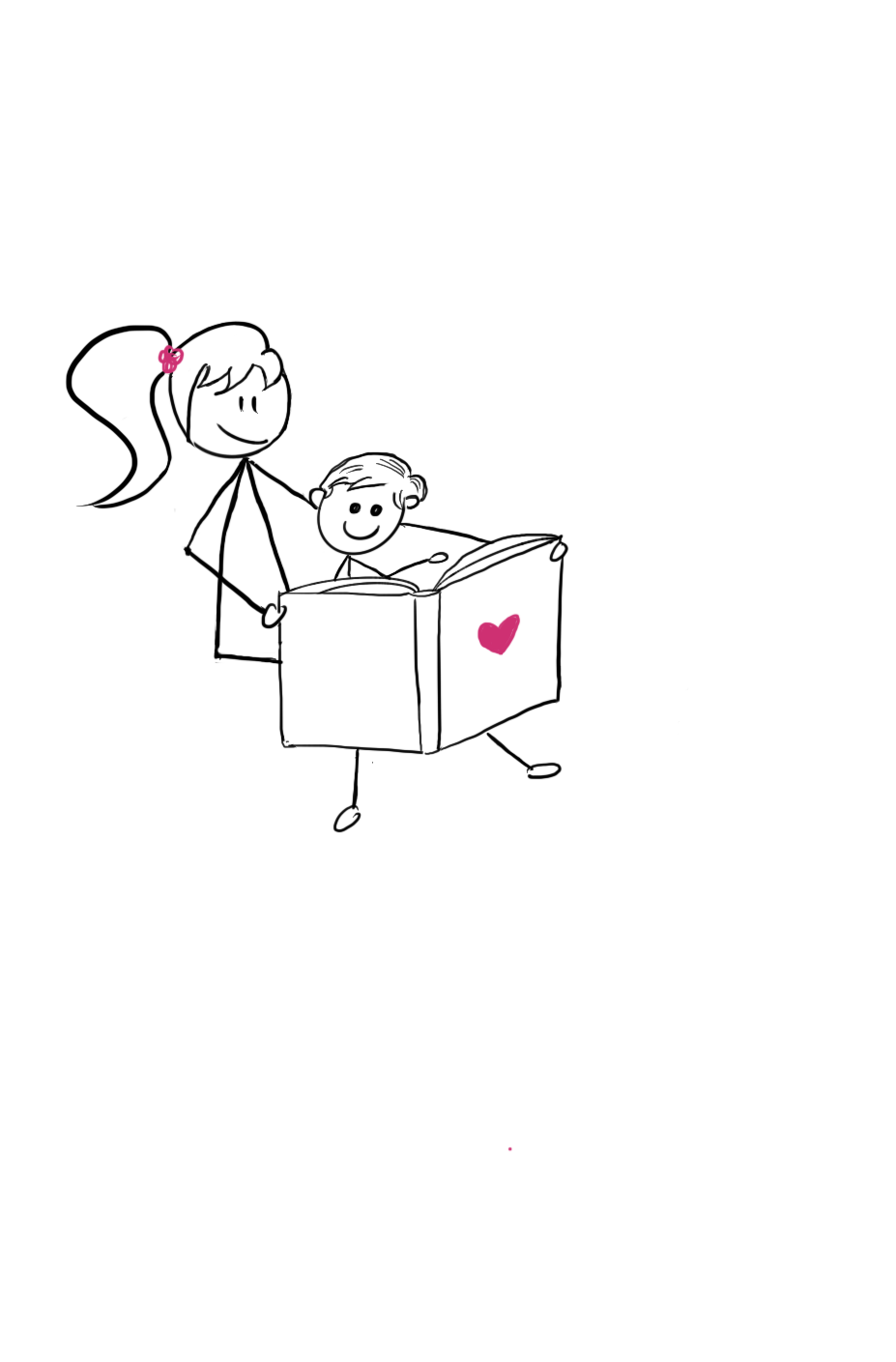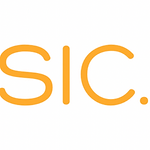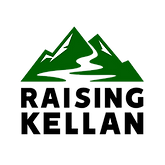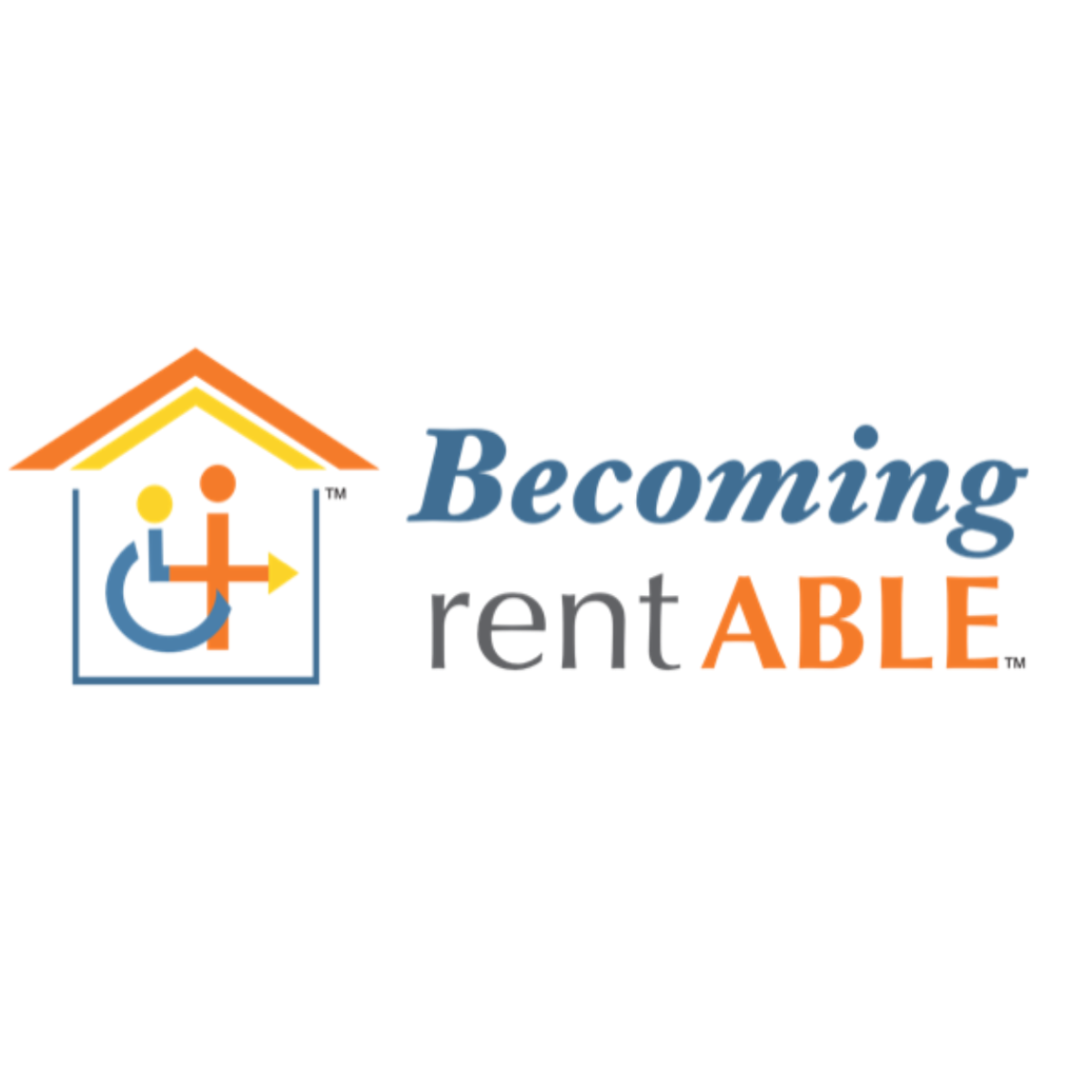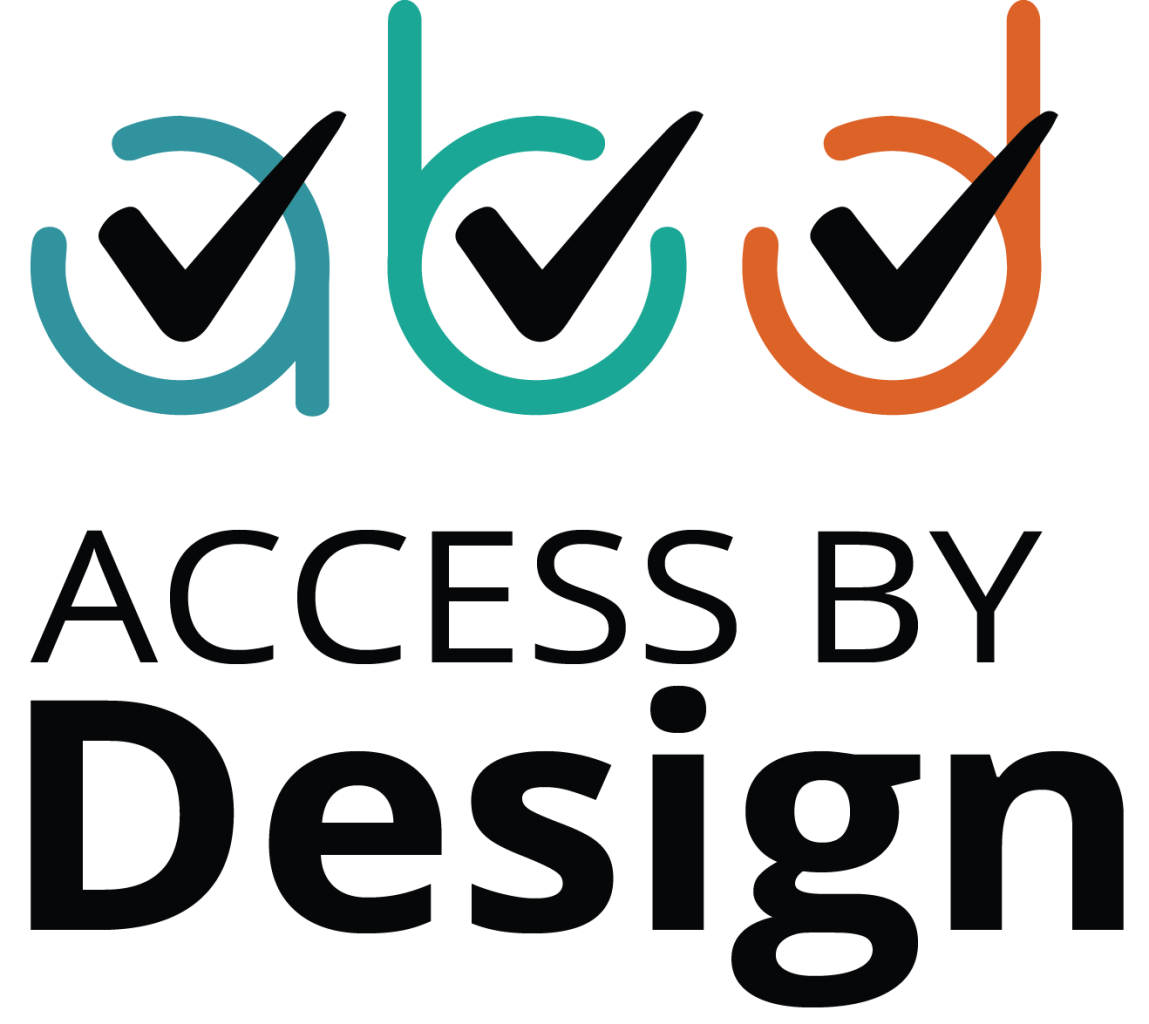How To Make Your Rental a Dream Stay For Assistance Dogs
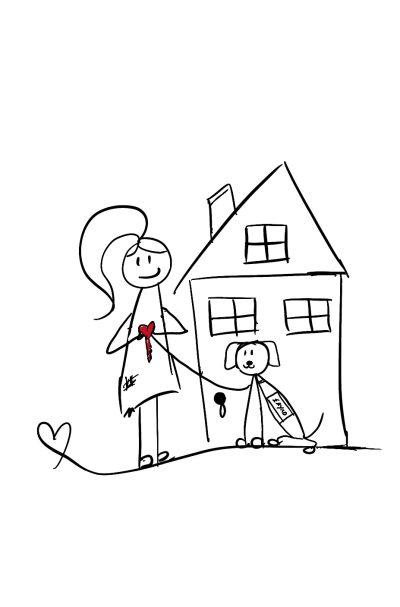
Does it seem hard to create an accessible rental space for assistance dogs, as if your know-how is a little muddled?
Optimizing your holiday rental for an assistance dog can feel like a daunting task.
But it doesn’t have to be so hard if you build smart from the start.
In this blog post, you’ll learn why it's important to design an accessible holiday rental for assistance dogs and the simple yet powerful steps you need to take to make it happen.
Ready?
Design with accessibility in mind
Ever tried squeezing yourself through a narrow doorway? Or slipped on a slippery bathroom floor?
One is an uncomfortable situation, the other can mean that extra holiday hospital trip you never want to take.
Assistance dogs experience the same uncomfortable and potentially hazardous situations but also struggle to support their companion.
You see, when we train assistance dogs we teach them to guide and support their disabled person but also how to navigate environments as a team.
We also train assistance dogs to view cramped and blocked pathways as obstacles to avoid or navigate.
So when you’re designing or updating your short-term rental, consistency is key. Provide enough space so both dog and person have the freedom to move safely.
Make sure indoor spaces are clutter-free and outdoor spaces are risk-free.
Let’s take a closer look, eh?
Creating accessible outdoor spaces
The truth is I’m not really a career person. I’m a garden lover who thinks nature is the greatest gift on earth, and it’s free.
But the problem is, outdoor spaces like your garden, and your driveway can be a hazard for assistance dogs and their companions.
Here are some requirements for accessible outdoor spaces:
Sidewalks and pathways
- guide dogs need between 60cm and 1.5 meters (24 and 48 inches) to navigate side-by-side with their blind companion
- mobility assistance dogs need between 1 meter and 1.5. meters (40 and 60 inches) to navigate with their human companion using a wheelchair
- should be free of thorny bushes, low-branch trees, and far-reaching plants that block mobility
- should be flat pathways, free of obstacles and bumps, wheelchair accessible
Garden
Did you know assistance dogs go through a hairsplitting, 2-year training program to become obedient and mild-mannered companions?
That’s right.
However, when they're not on duty, even the best assistance dogs might be tempted by a mouthwatering treat walking past their nose or a speeding cat.
So, if your apartment has a garden make sure it’s enclosed. A fence between 1.5 to 2 meters (6 feet) high should stop any pooch from living every day like someone left the gate open.
This confined area to play and relax also means the assistance dog is protected from outside threats.
Designing accessible indoor spaces
Just like outdoors, assistance dogs need to be able to move freely so they can assist their disabled person indoors. This could be anything from retrieving a slipper, opening a closet door, or turning lights on and off.
Turn your attention to accident prevention and make sure all indoor spaces are wide, clutter-free, and simple to navigate.
Requirements for accessible indoor spaces include:
- all rooms should be clear of protruding furniture with enough space for the assistance dog team to navigate
- non-slip coverings should be used for wet areas like the bathroom
- install tugs on door handles and cupboards so assistance dogs can open them
- install light toggle switches/push buttons at a height where the dog’s nose or paw can reach
- create low countertops and cupboard space for the dog to reach
- install smoke detectors and fire alarms
- accessible safe areas/evacuation plans for natural disasters
Creating a truly accessible short-term rental takes time. Learn about assistance dogs. Visit a guide dog school near you. Talk to disabled people working with their highly trained furry friends.
Optimize your short-term rental–and your short-term rental business.
If you'd like to learn more about making your holiday rental a sunny destination for assistance dogs reach out to Foundation Swiss School of Guide Dogs for the Blind and VBM Guide Dog School.
The truth about welcoming assistance dogs
It’s simple, really.
The more you open yourself up, accept, and accommodate assistance dogs, the more you’ll increase your bookings and your profit.
But if you’re like me you know it’s not about profit.
It’s about supporting disabled people to do things they didn’t think were possible.
It’s about giving them a chance to live a normal life.
And, it's about you showing kindness.
Subscribe to Disability Tidbits newsletter
Get expert insights and practical tips that help you reach a wider audience—the disability community.



